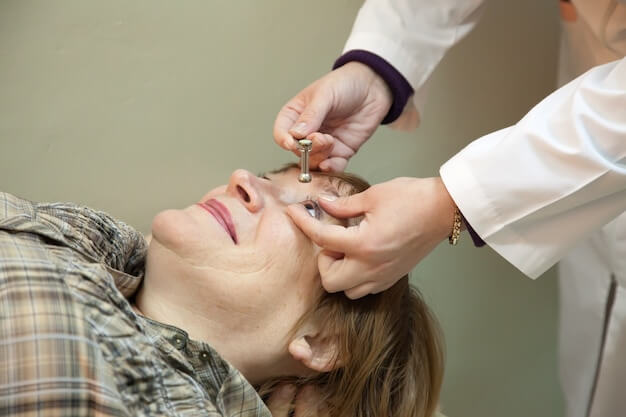Dry eye after excimer surgery is a common problem. The main reason for the occurrence of dry eye after surgery is that during excimer surgery, the production of corneal flap and the cutting of matrix cut off the sensory nerve of part of the cornea, reducing the sensory and neurotrophic functions of the cornea, leading to the reduction of reflective tear secretion and the number of blinks, which leads to the reduction of the amount of tear secretion and the stability of the tear film. The study found that the corneal nerve after surgery can be restored to the preoperative level after 6-9 months of regeneration and repair. Therefore, dry eye may be obvious at the early stage after surgery, but it will gradually reduce with corneal repair until it returns to normal.

Early and regular use of artificial tears after surgery can significantly reduce dry eye symptoms. However, many patients neglect this because of their busy work or weak understanding of dry eye. They only think of using artificial tears when they obviously feel dry eyes, which is far from enough. In addition to drug support, we should also develop a good habit of using eyes. Especially for patients who have been using computers for a long time, adequate rest and conscious blinking are another effective way to relieve dry eyes after surgery.
There may be regression after excimer refractive surgery, but patients need not worry too much about it. We have observed a large sample of cases and found that refractive regression is related to high myopia, small cutting area and other factors. With the accumulation of experience, the design of the surgical scheme has become more mature, which has greatly reduced the incidence of refractive regression. As long as patients are selected reasonably, surgical procedures are carefully designed and eye hygiene is paid attention to after surgery, even for high myopia, regression is often small. However, it should be clear that for some patients with high myopia or thin cornea, a certain degree of myopia may be reserved. The reserved degree does not appear immediately after surgery, but slowly. This change is a normal phenomenon of surgery, not regression.
The corneal flap is attached to the corneal stroma by its own adhesion. Generally, the wound is basically healed 3 months after surgery, while it takes about half a year to fully heal. In the early postoperative period, it is mainly to prevent infection and corneal displacement, so there are certain restrictions on some activities or movements. For example, try to avoid entering dirty water or sweat in the eyes within 2 weeks after surgery, and try not to swim, dive or play ball games that may hurt the eyes within 3 months after surgery. There is a certain difference between the healed cornea and the normal cornea, and cases of corneal flap loss due to late trauma after surgery are also frequently reported. Therefore, even if the glasses are removed after surgery, the eyes should be carefully protected to avoid injury as much as possible; In addition, such operations are not recommended for patients with extremely strong antagonism such as boxing who are prone to eye injuries.
